We’ve all heard buzz about certain healthy foods, touted as superfoods and staples in a balanced diet. However, some of these popular choices might not live up to the hype. Let’s explore 11 foods that, despite their reputation, can be surprisingly underwhelming in terms of taste, nutritional value, or versatility.
Kale
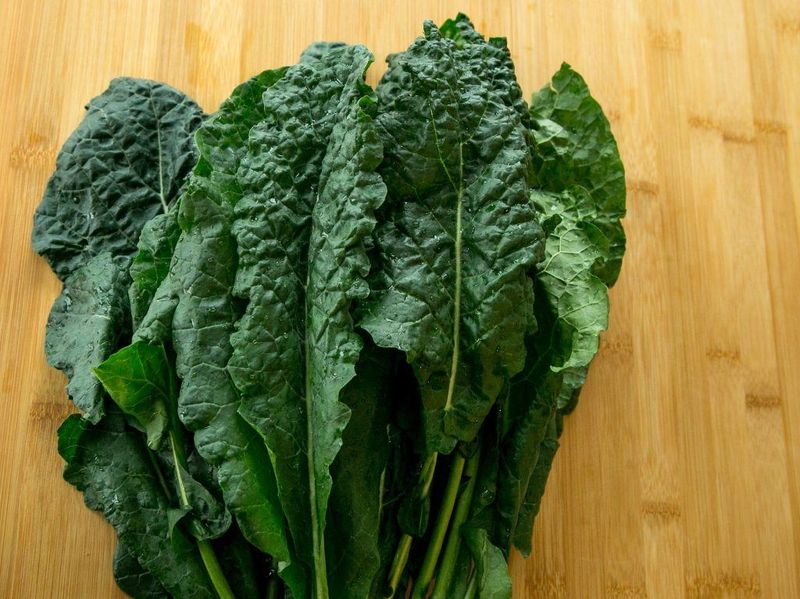
Ah, kale – the darling of the health food world. Despite its widespread popularity, some find its bitter taste off-putting. While packed with vitamins and nutrients, the texture can be tough and chewy, making it less appealing in raw dishes.
Kale chips might offer a crunch, but they lack the satisfying flavor of other snacks. Many people end up dousing it in dressings to mask its natural taste, which can defeat the purpose of eating it.
Did you know? Kale gained fame during the 2010s, yet it has been grown for over 2,000 years. Its recent rise in popularity may be due more to marketing than a newly discovered health benefit.
Chia Seeds
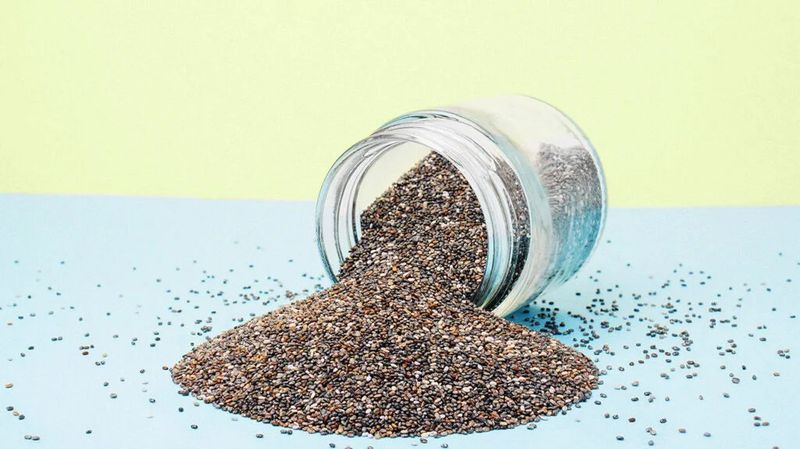
Tiny and mighty, chia seeds are often praised for their omega-3 content. Yet, their gel-like consistency when soaked can be a turn-off for many. They are more of a texture enhancer than a flavor booster, leaving some wondering if they’re really worth the hype.
Chia puddings are popular, but their neutral taste often requires significant sweetening. Thus, the health benefits might be counteracted by added sugars.
Interestingly, chia seeds were a staple in ancient Aztec diets, valued more for sustenance than taste.
Tofu
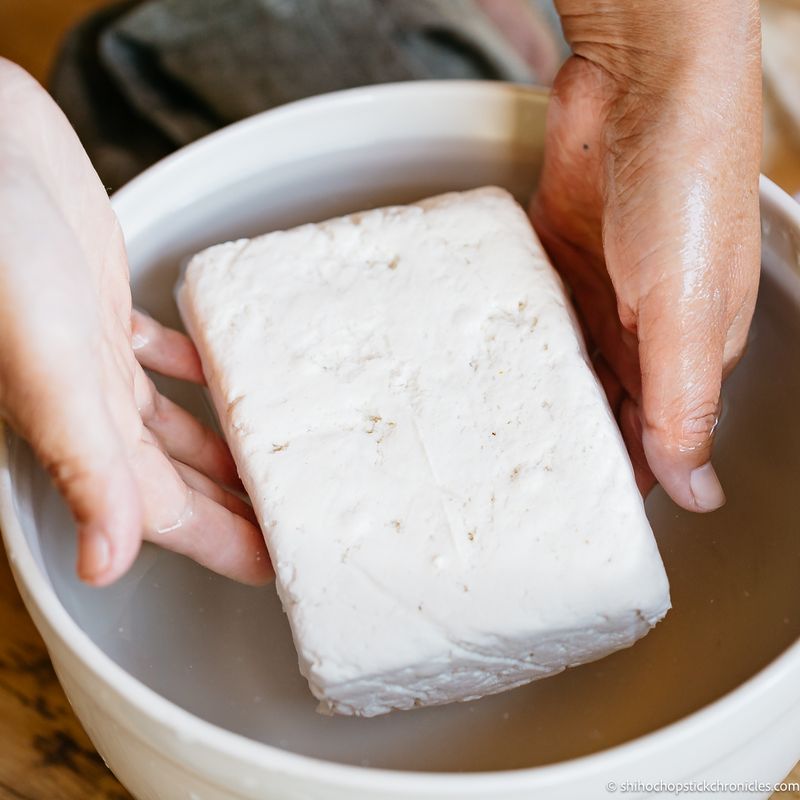
Tofu, the versatile plant-based protein, often divides opinions. Its bland taste can be a canvas for flavors, but on its own, it can be rather uninspiring.
It’s frequently marinated or spiced to enhance its taste, yet it remains a dish that requires skill to truly shine. Often, tofu is appreciated more for its adaptability than its inherent flavor.
Tofu has been a staple in Asian cuisine for centuries, valued for its ability to absorb the surrounding flavors of a dish.
Quinoa
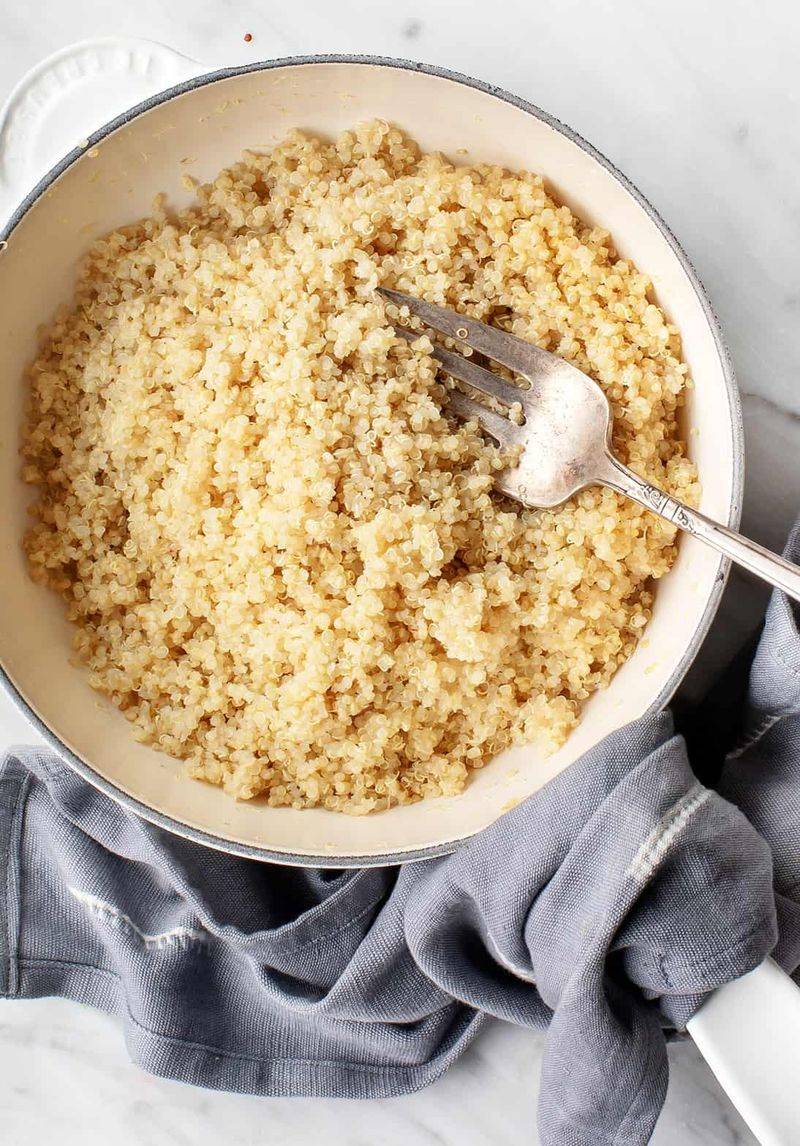
Quinoa, the ‘ancient grain’ that isn’t truly a grain, has taken the world by storm. Despite its complete protein status, some find its earthy flavor and slightly crunchy texture unremarkable.
Many recipes involve heavy seasoning just to make quinoa palatable. It often ends up as a side dish rather than the star of a meal, overshadowed by more flavorful ingredients.
Little known fact: Quinoa has been cultivated for over 7,000 years in the Andean region, originally considered the ‘mother of all grains.’
Goji Berries
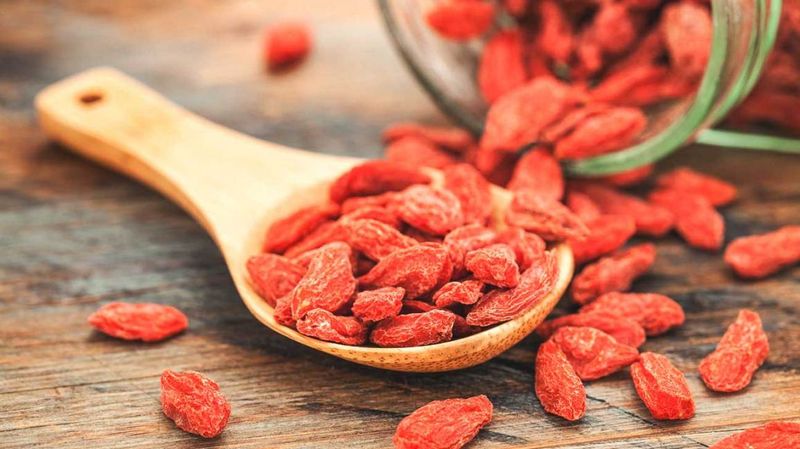
Goji berries promise antioxidants and a vibrant color that’s hard to resist. However, their chewy texture and tartness can be less enjoyable than expected.
Often found in dried form, they can be added to smoothies or cereals, yet they rarely take center stage due to their overpowering acidity. They are more of a visual treat than a gustatory delight.
Fun fact: In traditional Chinese medicine, goji berries have been used for centuries, touted as a symbol of vitality and longevity.
Avocado
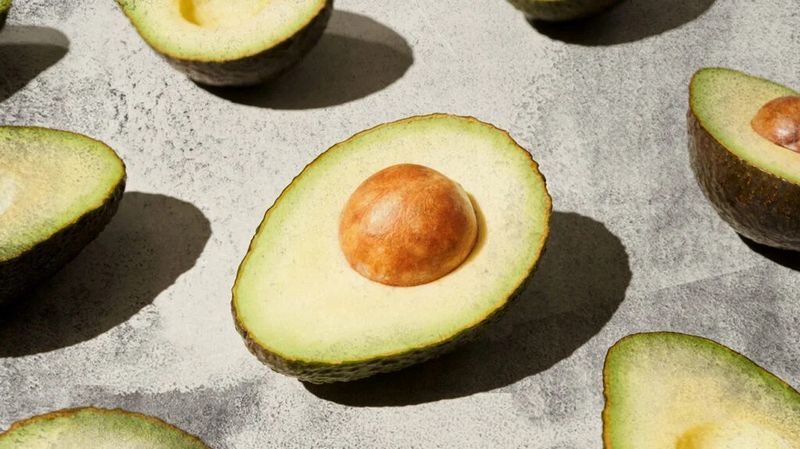
Avocado, the fruit of the millennial era, often revered for its creamy texture and healthy fats. But not everyone is a fan of its mild flavor, which can be underwhelming when not paired with robust seasonings.
Despite its versatility, from guacamole to smoothies, it can quickly become bland without the right accompaniments. Its subtle taste often requires enhancement, leading some to question its standalone appeal.
Did you know? Avocados were once considered a luxury food, known as ‘butter fruit’ due to their rich texture.
Acai Berries

Acai berries boast a reputation for being a superfood, yet their naturally earthy taste can be quite surprising. Often served in bowls blended with sweeter fruits, their distinct flavor is often masked.
They are more known for their vibrant color and aesthetic appeal in food photography, than their taste. Without added sweeteners, acai can be a bit too tart for some.
Acai berries hail from the Amazon rainforest, where they have been consumed for centuries in local communities.
Spirulina
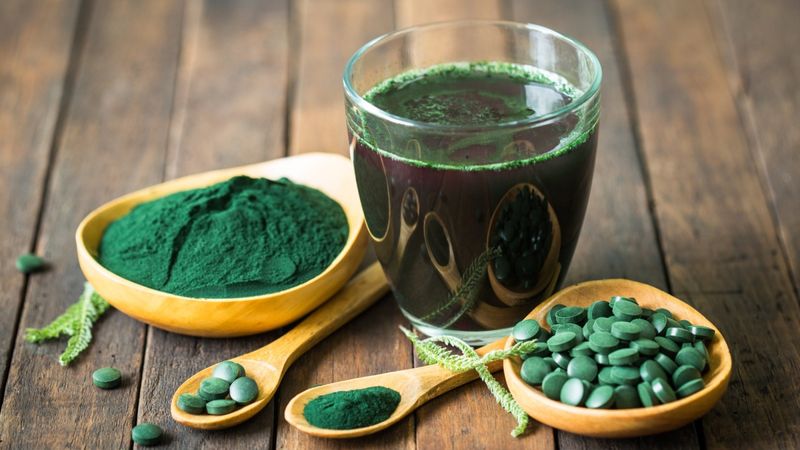
Spirulina, the blue-green algae touted for its protein and vitamin content, often surprises with its pungent smell and taste. Its earthy, ocean-like flavor can be off-putting.
Commonly found in smoothies or supplements, it rarely stands alone due to its strong taste. Many mask it with fruits or juices to make it more palatable.
Historically, spirulina has been consumed by ancient civilizations like the Aztecs, who appreciated its nutritional profile over taste.
Coconut Water
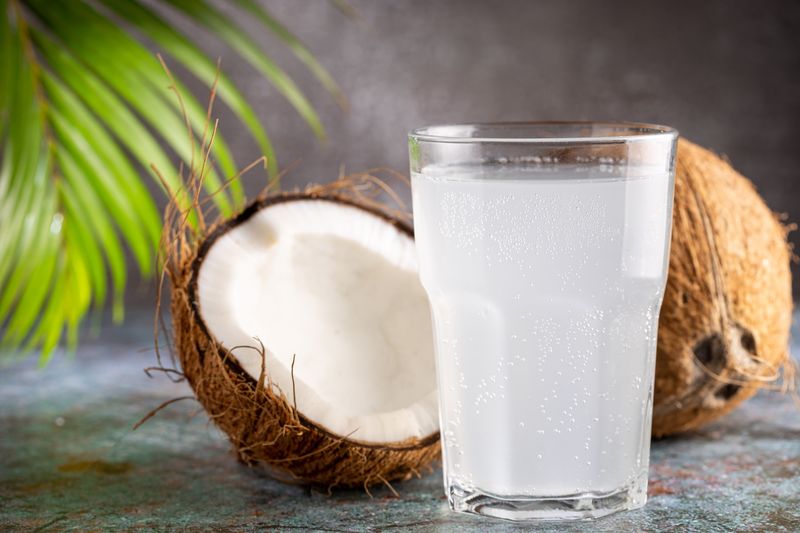
Coconut water, lauded for its hydrating properties, doesn’t always match its tropical marketing appeal. Some find its slightly salty and nutty flavor less refreshing than expected.
Although marketed as a natural sports drink, its taste can vary greatly depending on the source, often requiring acquired taste. It is more popular for its perceived health benefits than its flavor.
Interestingly, during World War II, coconut water was used as an emergency plasma substitute, showcasing its unique properties.
Flaxseeds
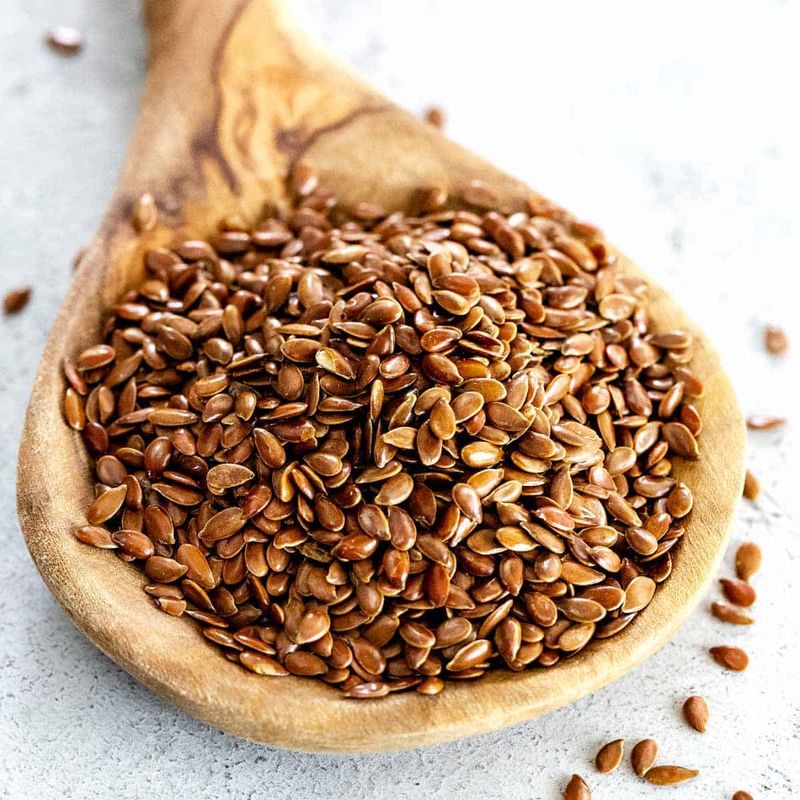
Flaxseeds, small but mighty, are often heralded for their fiber and omega-3 content. Yet, their hard shell can be difficult to digest, and their nutty flavor is rather subtle.
Many prefer them ground, yet even then, their taste is often overshadowed by other ingredients. They serve more as a supplement than a flavorful addition.
Flaxseeds have been cultivated since ancient times, with evidence of their use dating back to the Babylonian era.
Brown Rice
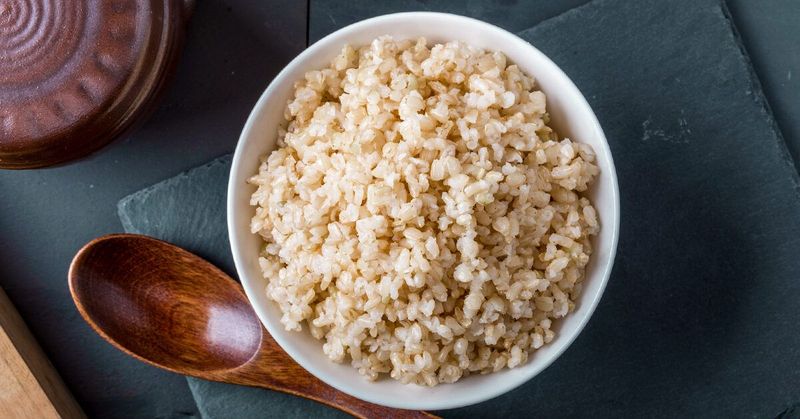
Brown rice, the healthier cousin of white rice, is often praised for its fiber content. However, its chewy texture and nutty flavor can disappoint those expecting the familiar fluffiness of white rice.
It takes longer to cook and can be less forgiving in terms of achieving the perfect texture. Despite its reputation, it often plays second fiddle to more flavorful grains.
Did you know? Brown rice has been a dietary staple in many cultures, but its consumption only gained popularity in the West in the late 20th century.
Leave a comment